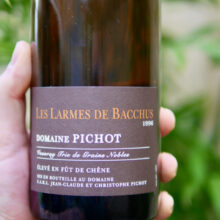
Product information
Domaine Pichot ‘Les Larmes de Bacchus’ Vouvray Tries de Grains Noble 1996
Chenin Blanc from Vouvray, Touraine, Loire Valley, France, D'Anjou-Saumur
$182
Description
Here’s something a little special. Semi-dried apricots, baking spices, crème pâtissière, hints of coffee, hazelnut, the list just goes on and on and on! A beautiful line of acid and zip offers a wonderfully clean finish with exceptional texture and length for a country mile. Botrytis adding a layer of intrigue. At 25 years young it has harmonised beautifully. Divine mouthfeel. Candied citrus peel, maybe a hint of candied ginger, and lime marmalade. Insane complexity and composure. An absolute bargain particularly compared with Sauternes, and with the knowledge that the yields for this wine are around 1/15th of Yquem’s.
I tried the 1995 & 1996 side by side. Though 1995 was a strong showing, it was a little clumsy compared to the beautifully balanced 1996 with it’s zippy acid.
Although I don’t have the numbers for the 1996 I suspect it’s on the drier side for the style. The numbers hardly matter when it’s as beautifully balanced as this!Vouvray tries de grains nobles “Les Larmes de Bacchus” available in 2011, 2009, 2005, 1996 and 1995
Produced only 6 times and only in the very best years for botrytis. Very fresh with remarkable acidity and residual sugar ranging from 150 g/l to 300 g/l. This stunning sweet wine is harvested grape by grape from a tiny one hectare parcel of vines that is full south facing just above the village on the valley opposite Clos du Bourg. Average yield for these 6 vintages of around 1 hl/ha (average of 15 hl/ha at Chateau dÝquem). This is a remarkable labour of love of grapes selected mostly by Caroline Pichot.
Each time the wine has been made only around 500-2,000 bottles have been produced.
Out of stock
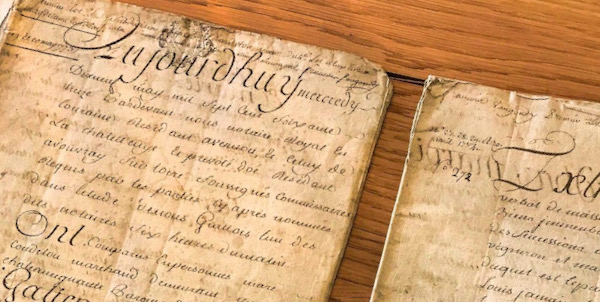



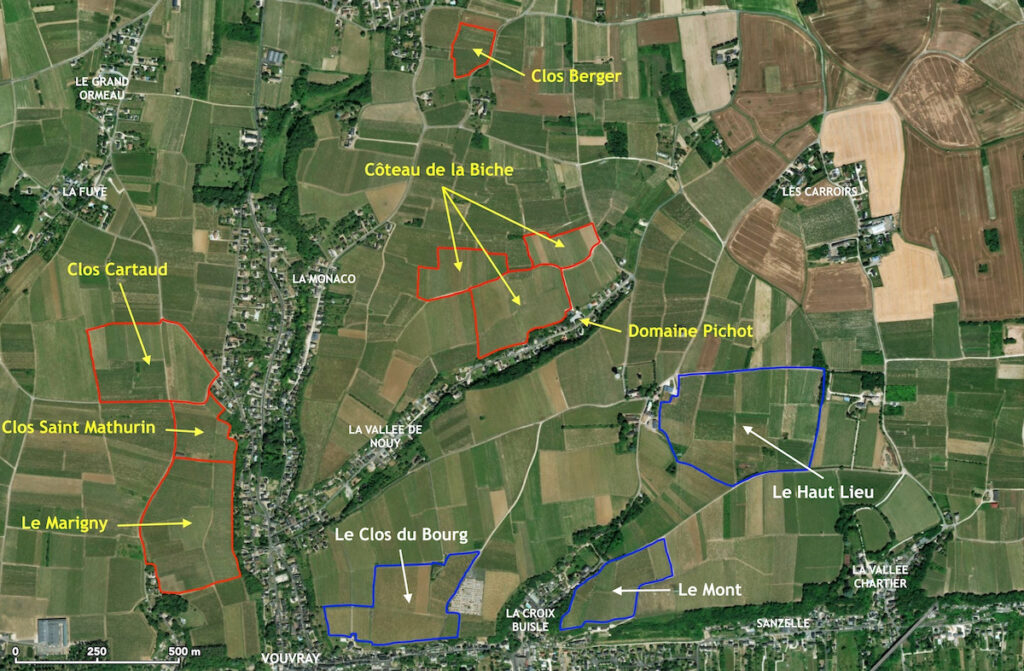


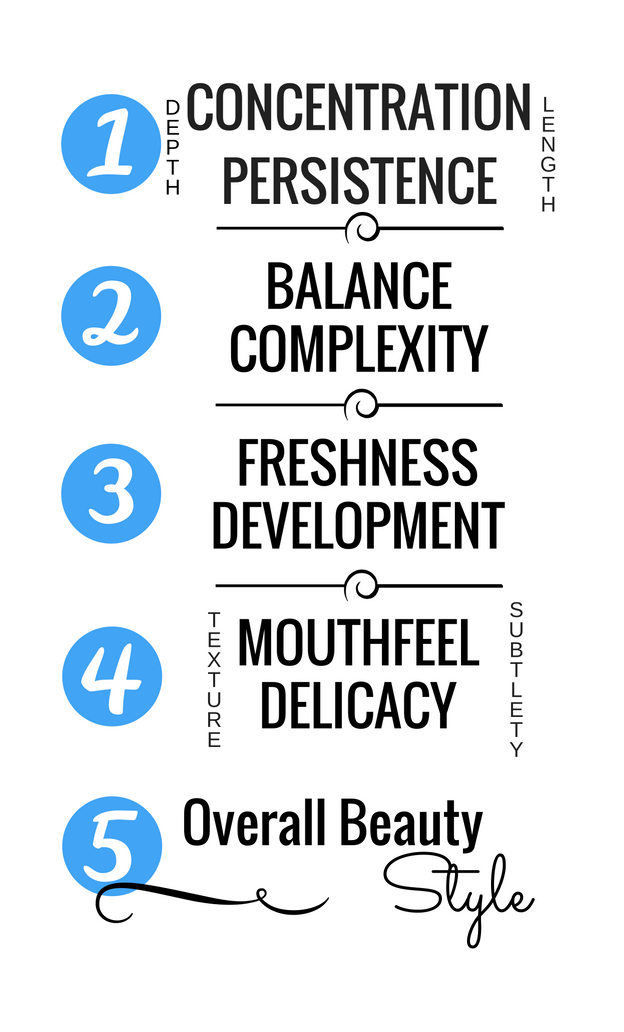
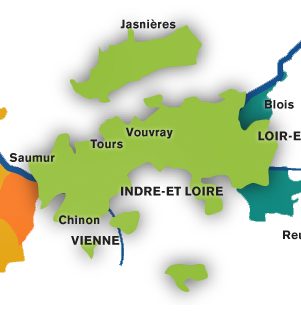

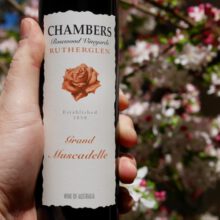
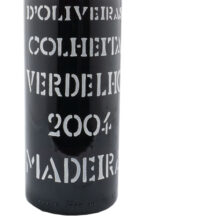
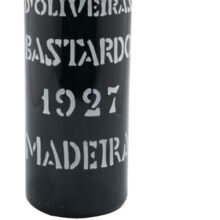
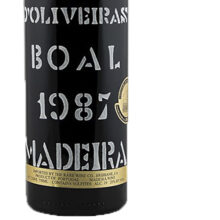
You must be logged in to post a comment.